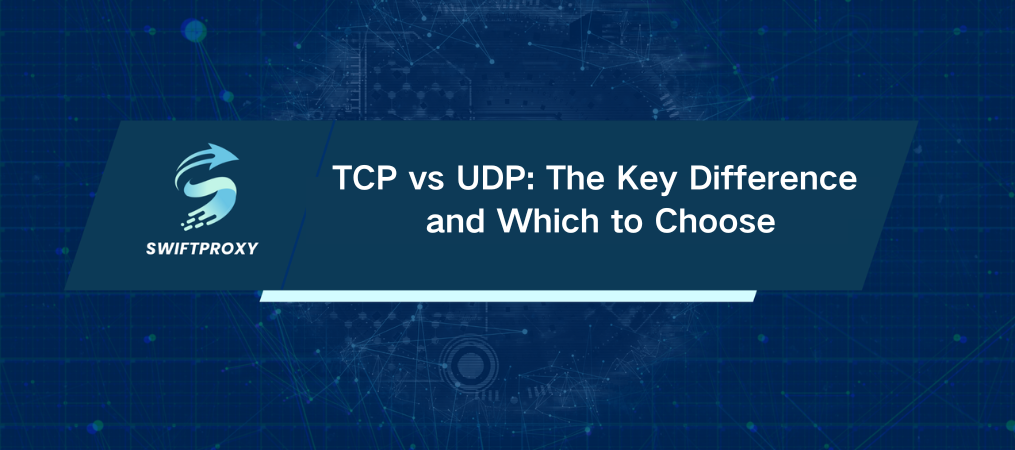TCP vs UDP: The Key Difference and Which to Choose

Every time you send a message, stream a video, or load a webpage, data travels across the internet through transport protocols. Think of these protocols as the highways that carry your information from point A to point B. But not all highways are the same. Two of the most common routes—TCP and UDP—serve very different purposes. Let's dive in to explore their strengths, weaknesses, and how to choose the right one for your needs.
TCP: The Reliable, Slow-Moving Highway
TCP (Transmission Control Protocol) is the go-to for reliable, error-free data transfer. It's like a delivery service that ensures your package arrives in perfect condition, every time. To make that happen, TCP first establishes a connection before transmitting any data.
Why TCP
Reliability: TCP takes the time to double-check everything. If a packet doesn't arrive at its destination, the sender gets an error notification and can resend it. It's the protocol you want when the stakes are high and failure isn't an option.
Order Integrity: No surprises here—TCP guarantees that packets will arrive in the correct order. You won't get a scrambled message, which is crucial when you're dealing with sensitive data.
Large Data Transfers: If you're moving big files, TCP is your best friend. It handles large volumes of data without compromising the quality of the transfer.
What's the catch
TCP is thorough, which means it's slower. The process of checking, rechecking, and establishing connections takes time, so it's not ideal for situations where speed is crucial.
UDP: The Fast, No-Frills Option
UDP (User Datagram Protocol), on the other hand, skips the checks and balances. It's a faster, but riskier, option. No connection is established before sending data—just a straightforward send-and-forget approach.
Why UDP
Speed: UDP is the express lane of data transfer. It delivers data faster because it doesn't waste time checking for errors or ensuring packets are in the right order. This makes it ideal for time-sensitive applications.
Lightweight: Since there's no connection setup or error correction, UDP uses less bandwidth and is more efficient for certain use cases, like streaming live events or online gaming.
The downside
No Guarantees: With UDP, data may get lost along the way. If a packet doesn't make it to its destination, tough luck—it's not coming back.
Out of Order: Since UDP doesn't track the order of packets, data can arrive in a scrambled sequence. If that matters to you, you might be in trouble.
TCP vs UDP: Which Is Right for You
It all depends on your needs. Each protocol has its place.
Use TCP for: Applications where data integrity and reliability are critical. Think of file-sharing services, email clients, or any system that requires accurate, in-sequence delivery. It's perfect for when you can't afford to lose data or receive it out of order.
Use UDP for: Real-time applications where speed matters more than perfection. This includes online games, video streaming, and VoIP (Voice over Internet Protocol) services. Here, a few lost packets won't ruin the experience, but delays or lag will.
The Bottom Line
In the battle of TCP vs UDP, there's no clear winner. It's not about which one is better, but which one is more suited to your needs. Do you need reliability, or do you need speed? That's the question to answer.

















































